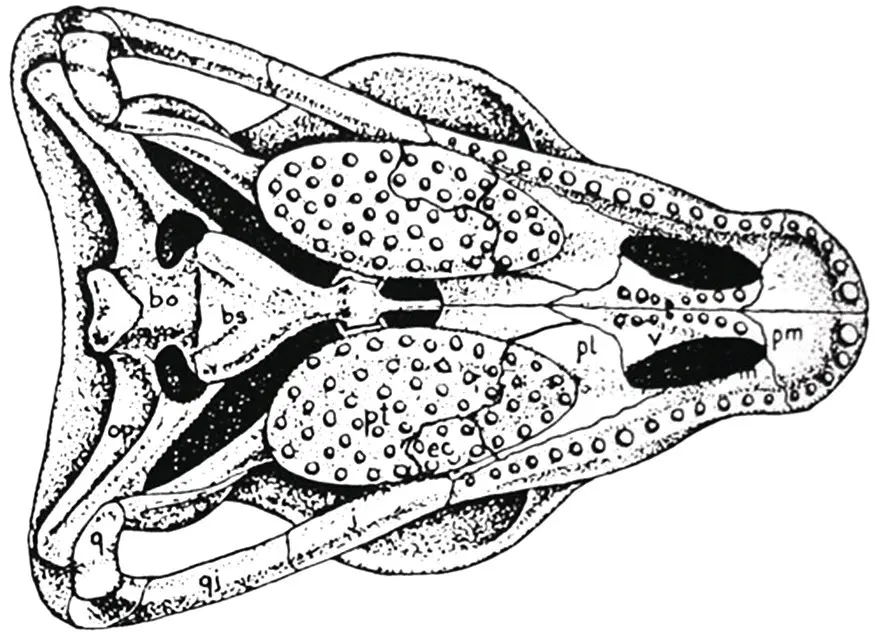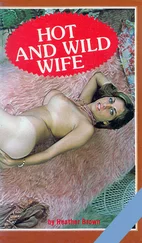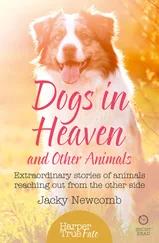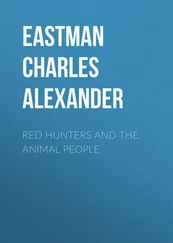Another source of new veterinary dental knowledge from the mid‐part of the twentieth century onward has been use of beagle dogs as a favored animal model for research in dental school laboratories, which has significantly increased the canine periodontal knowledge base.
One of the important sources of training for the initial core group of “dentally aware” small animal practitioners was human dental practitioners who were invited to consult on canine and feline dental patients. A few human dentists became critical players in veterinary dental continuing education programs, and some (such as Drs. Peter Emily, Peter Kertesz, Mark Tholen, Carl Tinkelman, John Scheels and Boyd Welsch) were important early contributors as volunteer dental consultants to zoos and other non‐domesticated animal collections. As companion animal and particularly zoo and wildlife dentistry developed, the limitations of human dental instruments became evident, particularly in endodontics because of the grossly insufficient length of human endodontic instruments when treating a canine tooth in a large dog or a tiger, in which the root is typically several times as long as the longest human tooth root.
As veterinary dentistry became a standard part of veterinary medicine in the latter quarter of the twentieth century, individual veterinarians began to devote all of their professional effort to dentistry, and began meeting to discuss topics of mutual interest. This led to the formation of the American Veterinary Dental Society in 1976, and to recognition of dentistry as an area of veterinary specialization starting in 1987. The leaders of this group of board‐certified veterinary dentists included several who, like their dental colleagues mentioned above, volunteered their time as consultants to zoos; early examples were: Drs. Chuck Williams (National Zoo, Washington DC), Ben Colmery (Detroit Zoo), Bob Wiggs (Dallas Zoo), Don Ross (Houston).
A critical step in the development of zoo and wildlife dentistry has been the willingness of these, and later individuals, to share their experience; there have been two Zoo and Wildlife Dentistry conferences, with abstracts of one of these meetings published in the Journal of Veterinary Dentistry.
As the content of this book will demonstrate, there are very unique challenges associated with zoo and wildlife dentistry; sharing information about successes and failures is critical to minimize the risk of repetition of failure during the learning curve of individual veterinary dentists. This book is designed to provide a strong collective foundation in that regard.
In 2017, the American Veterinary Dental College recognized the increasing interest in zoo and wildlife dentistry by establishing an AVDC Zoo and Wildlife Dentistry Certificate program. A Delphi process and examination resulted in recognition of 15 founding AVDC‐ZWD Certificate holders. They are: Drs. Kris Bannon, Jan Bellows, David Clarke, Stephen Coles, Edward Eisner, Roberto Fecchio, Nadine Fiani, Barron Hall, Steven Holmstrom, Loic Legendre, Michael Lowder, Clarence Sitzman, Gerhard Steenkamp, Frank Verstraete and Douglas Winter. This process included developing a list of publications on zoo and wildlife dentistry and related topics, which the ZWD Certificate Organizing Committee plans to make available. Though AVDC‐ZWD certificate holder status is limited to veterinarians, a list of human dentists who have contributed significantly to the development of zoo and wildlife dentistry is under consideration for recognition for honorary status in the ZWD Certificate program.
This chapter is based on a review of some of the classic histories of veterinary medicine, a recent description of veterinary dental history, a personal collection of veterinary antiquaria accumulated over the last 50 years that includes items dating to the seventeenth century, and personal interactions with the pioneers in zoo and wildlife dentistry. There may be some important sources that I have missed. I would appreciate receiving comments on this chapter, and, in particular, details of any sources that I have not included, or corrections of or different interpretations of material that I have included.
2 Odontology : A History of Teeth
Peter P. Emily
Lakewood, CO, USA
The history of teeth mirrors the evolution of the world. As environmental changes occurred, teeth needed to adapt for survival. Except for fossilized contents, teeth were the best clue to the diets that changed dentition over time.
Primate and human dental evolution were nearly as varied as the evolution of carnivores and herbivores. Following, is some of the many evolutionary concepts of herbivore and carnivore evolution. The various theories on dental evolution hold that teeth evolved from scales of dermal denticles. Oskar Hertwig showed that skin denticles and teeth are homologous – skin denticles being very similar to tricuspid secodont teeth. Evidence of the ascending Paleozoic fish and reptiles show dermal plates throughout the palate that led to a primitive dental function. The mouth of Pelycosaur Edaphosaurus is an example of palatal nodules. The area of the mouth covered in teeth was greatest among these ancient reptiles. They were an adaptation for eating hard‐shelled prey, as seen in the Placodonts from the later Triassic period (see Figure 2.1).
As teeth became more specialized, the fixation to the jaws by bony attachment evolved. In particular, Pleurodont, Acrodont, Thecodont, and Prothecodont dentition evolved. These forms of attachment still remain to the present day.
In the long Carboniferous period, adaptation to land evolved among the oldest reptiles, the synapsid Pleosaurs. The Transition from gill‐breathing to lung‐breathing tetrapods took place toward the end of the Devonian period, 200 plus million years BCE. Therapsids bridged the chasm between the reptiles and primitive mammals. Therapsidia had several families that were partially herbivorous and partially carnivorous. Dicynodon had only one single tooth on each side of the maxilla. Some were toothless herbivores. A second subgroup of therapsids was composed of theridonts and cynodonts. They were possibly the first to show mammal‐like heterodontous dentition.

Figure 2.1Pelycosaur Edaphosaurus.
Source: A.S. Romer [1].
The Pelycosaurs showed the beginnings of a segregation of the dentition into pre‐canine and post‐canine tooth series. Later, advanced synapsids possessed differentiation of tooth form in different regions of their dentition. In the late Triassic period, some forms of reptiles such as Ictidosauria, had mammal‐like teeth, yet belonged to a class of reptiles.
Pelycosaurs show clear evidence of heterodonty in some species with numerous teeth of equal size but with two larger anterior maxillary teeth, which points to the possible beginning of canine teeth. Dimetrodon and Edaphosaurus both possessed similar body structure but their mode of life differed appreciably since according to their dentition, Edaphosaurus was an herbivore, and Dimetrodon a predacious carnivore (see Figures 2.2– 2.4).
From their reptilian ancestors, the earliest mammals inherited dentition subdivided into incisiform, caniniform as well as premolar and molariform teeth. Anterior post canines were lost and not replaced. Molariform teeth seemed to have been added to the distal arcade, a dental characteristic typical to mammals, though this characteristic was not seen in early mammals. Unlike tribosphenic teeth, their occlusal surfaces require extensive abrasion to come into occlusion. Marsupials and placentals differentiated from a common ancestral stock of mammals possessing tribosphenic dentition. This differentiation took place before the end of the early Cretaceous, approximately 100 million years BCE.
Читать дальше












